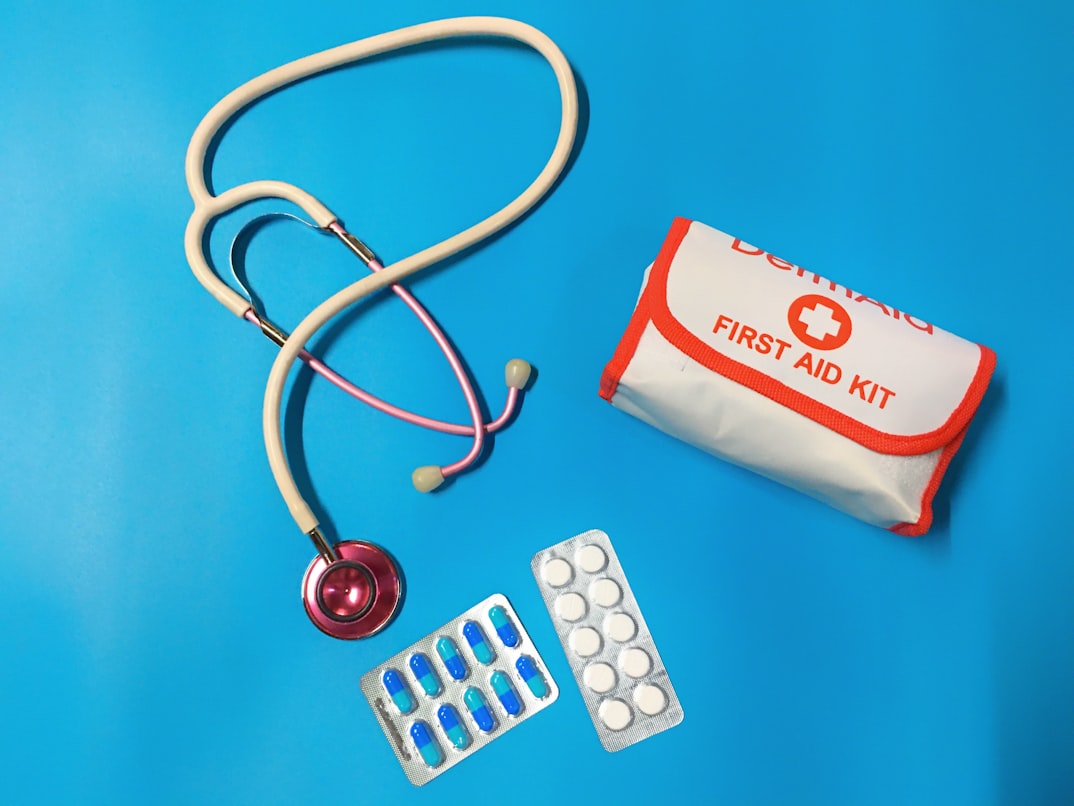
If you’re involved in first aid or taking a course in it, you may have heard talk of the “Three Ps” of first aid training. This refers to:
Preserving Life
Preserve Life – The first P is for preserving life by carrying out the necessary emergency first aid procedures. This should always be the overarching aim of anyone who is practicing first aid, and it’s important to remember that your own life comes first!
You should never put your own life in danger for multiple reasons – not least of which is that if something happens to you, you may no longer be able to help the person originally in need of assistance anyway.
If you are in a situation where giving aid appears too risky (either for you, the hurt person, or others), you should stay back and wait for professionals to arrive.
Deterioration Prevention
Deterioration Prevention – This point is about doing what you can to prevent the patient’s condition from worsening and keeping them from sustaining further injuries.
The things you can do here may be very simple, such as keeping the casualty warm or moving hazardous objects out of their vicinity, but can make a huge difference to their chances of recovery. Make sure that the patient is in a good position, as comfortable as is practically achievable, and not near anything that could hurt them,
If you cannot clear the area or remove a particular hazard, the next option to consider is physically moving the casualty from the area, or calling for specialist help.
Promoting Recovery
Recovery Promotion – Finally, you should promote recovery by doing what you can to arrange further emergency help wherever necessary. Administering first aid in the first place acts as the initial step in recovery promotion. With many injuries and illnesses, acting quickly can significantly affect recovery speed (and indeed, how much of a recovery is possible at all).
For example, disinfecting and bandaging a large wound can prevent infection taking hold, shortening the healing time and lowering the risk of scarring and complications.

Why Use the Three Ps?
These three procedures could save someone’s life in an emergency or at least significantly reduce damage done, preventing infections or more severe injuries on a hurt person. Despite this, each of the three P procedures is actually simple to perform and can be done by someone without any formal medical training.
Taking first aid classes and learning this kind of first aid is very important because even basic knowledge can make a huge difference in helping someone who is suffering. All you need to be able to do is use materials available in a typical survival/first-aid kid correctly, and with that knowledge you can keep someone in a much better situation than they might be otherwise until professional responders arrive.
CPR training courses and first aid courses where you would learn about the three Ps in first aid training are sometimes mandatory depending on your employer, but they’re useful for anyone to take, particularly if you work in a risky area, partake in more dangerous sports or hobbies, or work with vulnerable people or children.
Under ideal circumstances, when there’s an emergency and someone is in need of first aid, someone who has undergone first-aid training should be administering assistance, but if such a person is not available, anybody with basic knowledge can step in. Anyone who can use common sense and not be over-confident in treating an injured person is unlikely to make the situation worse and may be able to provide a lot of relief through simple measures, e.g. applying cool clean water to burns.

It’s often impossible to foresee the occurrence of an accident or event which requires first-aid, the scope of which covers everything from using band-aids on minor cuts to keeping someone’s heart pumping when they go into cardiac arrest.
Even if you know what you’re doing, keeping a cool head and following the necessary steps to successfully administer first aid when the pressure’s on is easier said than done. Keep the simple three Ps in mind if a calamity occurs – they’re skills that can be absolute lifesavers both inside and outside of the workplace.
